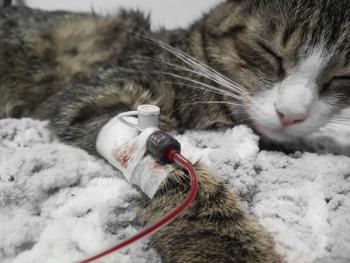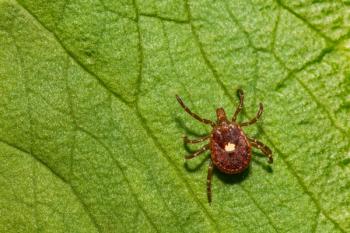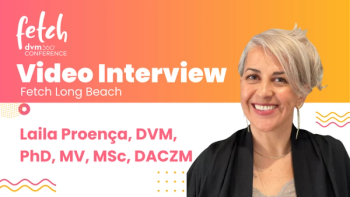
Bone marrow transplantation at the intersection of human and veterinary medicine
Renowned American physician‑scientist Frederick R. Appelbaum, MD, discusses the development of bone marrow transplantation as a curative therapy at the 2025 ACVIM Forum.
At the 2025 American College of Veterinary Internal Medicine (ACVIM) Forum in Louisville, Kentucky, Frederick R. Appelbaum, MD, executive vice president at Fred Hutchinson Cancer Center in Seattle, Washington, and associate director for clinical research at Fred Hutch/University of Washington/Seattle Children's Cancer Consortium, led a presentation on the development of bone marrow transplantation as a curative therapy. A global pioneer in the research and treatment of blood cancers, Appelbaum played a leading role in the first clinical trial demonstrating autologous bone marrow transplantation in humans.
In this interview with dvm360, in which he discusses his presentation at the ACVIM Forum, Appelbaum traces the origins of this breakthrough to early research in canine models. He reflects on the bidirectional exchange between veterinary and human oncology and shares why emerging immunotherapies may one day become accessible to animal patients.
Below is the interview transcript.
Frederick R. Appelbaum, MD: My name is Fred Appelbaum. I'm a physician from the Fred Hutchinson Cancer Research Center, where I do clinical care, clinical research, and laboratory research.
So, what I talked about this morning was the overall development of bone marrow transplantation as a curative therapy. It's a therapy that's now [been] performed about 100,000 times worldwide. The genesis of marrow transplantation really began with Nobel Prize winner Don [E. Donnall] Thomas. Don figured out the basics of marrow transplantation using a canine model, and without that, marrow transplantation would not have been possible.
Now, marrow transplantation is not only used, as I say, to treat thousands of people worldwide with blood cancers and inborn errors of blood formation, but it's also the basis for a whole new generation of immunotherapies that are really changing the face of medicine.
Where do you see the most promising intersections between marrow transplantation in human medicine, and what's emerging in veterinary medicine?
There's a number of them. No. 1, we learn [that] it actually goes back and forth in both directions—it's very much bidirectional. Early on, we used a dog model to develop marrow transplantation, and now ..what we're learning in humans can be applied to the treatment of canines.
I understand that [many] of the therapies that are being used in humans today would probably not be accessible to pets because of the incredible cost. But what's happening now in humans is that the cost is coming way down as we're developing new ways of genetically engineering T cells that you can just do with a simple in vivo injection.... I really believe that those are going to be able to eventually change the way that we can treat our pets.
Newsletter
From exam room tips to practice management insights, get trusted veterinary news delivered straight to your inbox—subscribe to dvm360.




